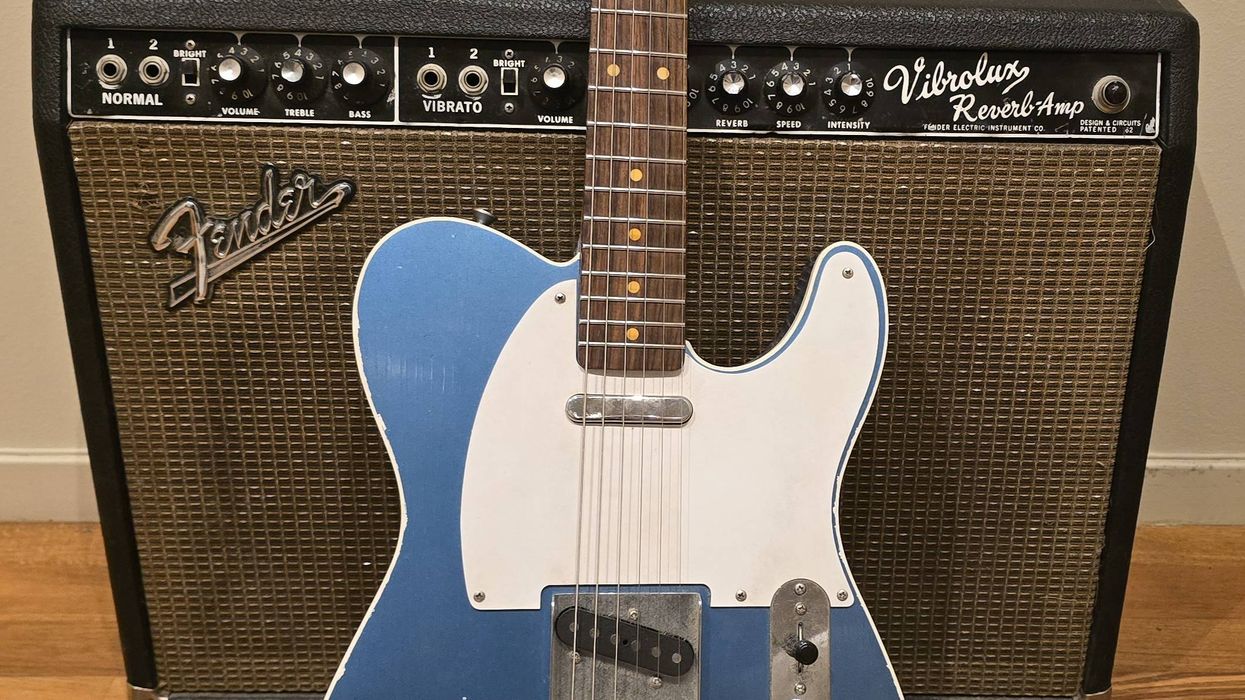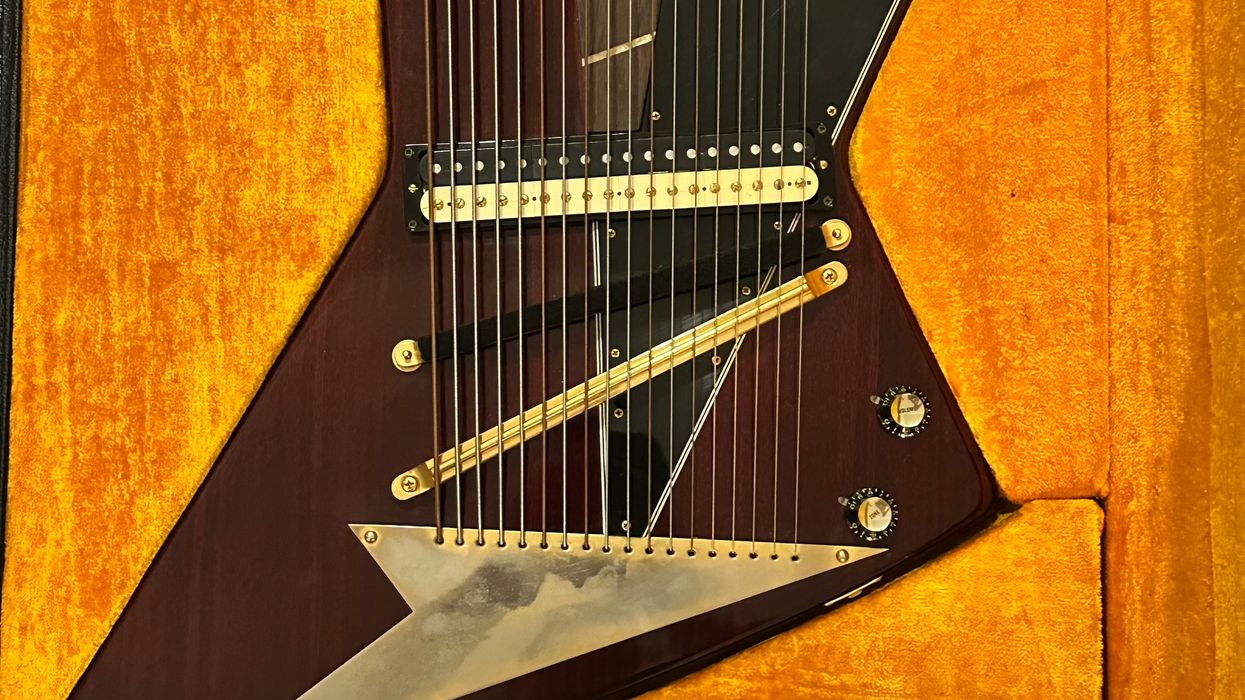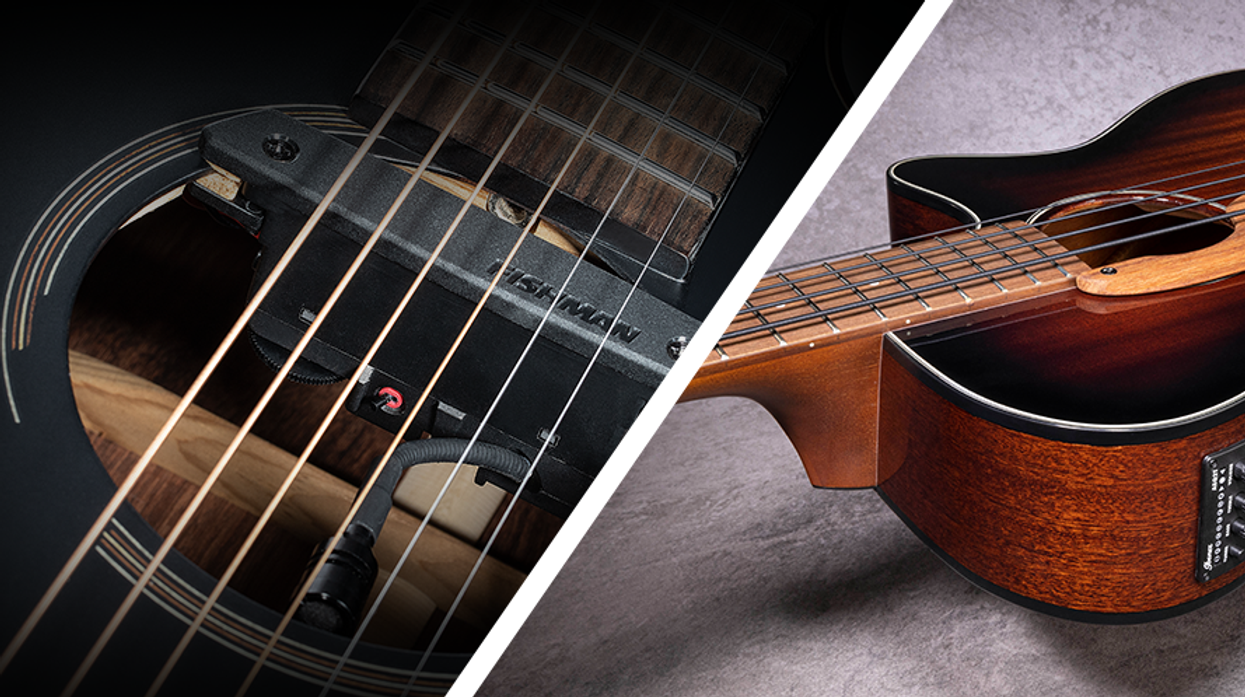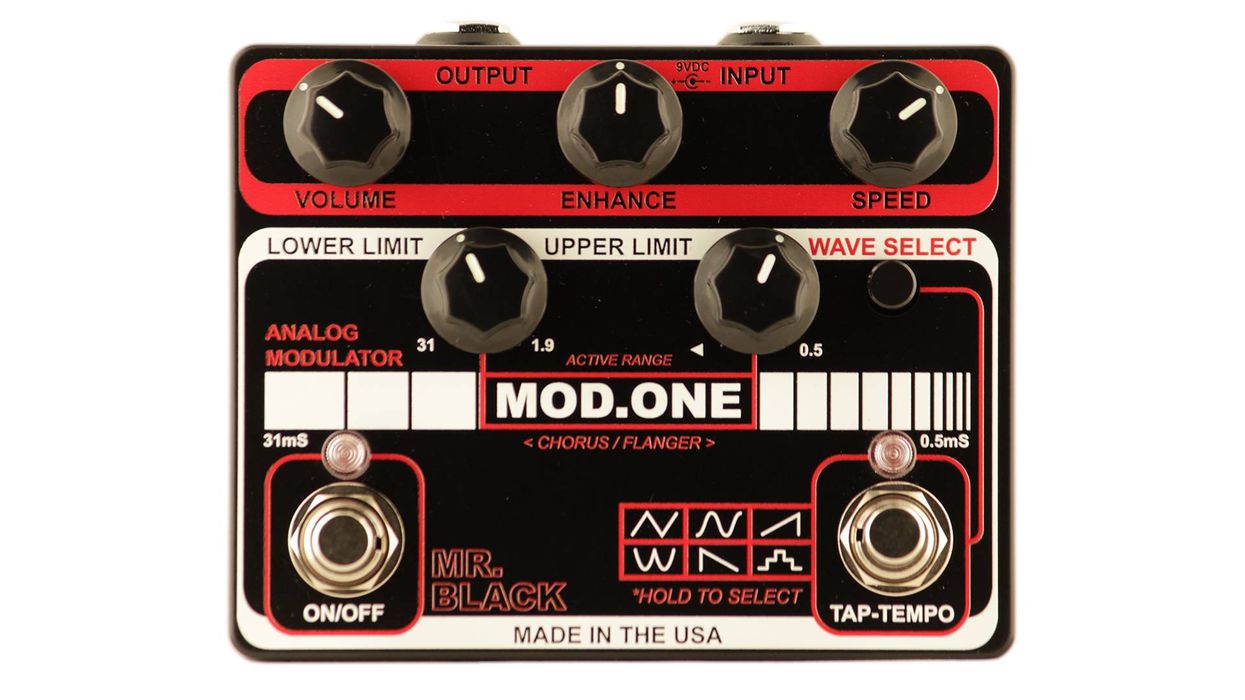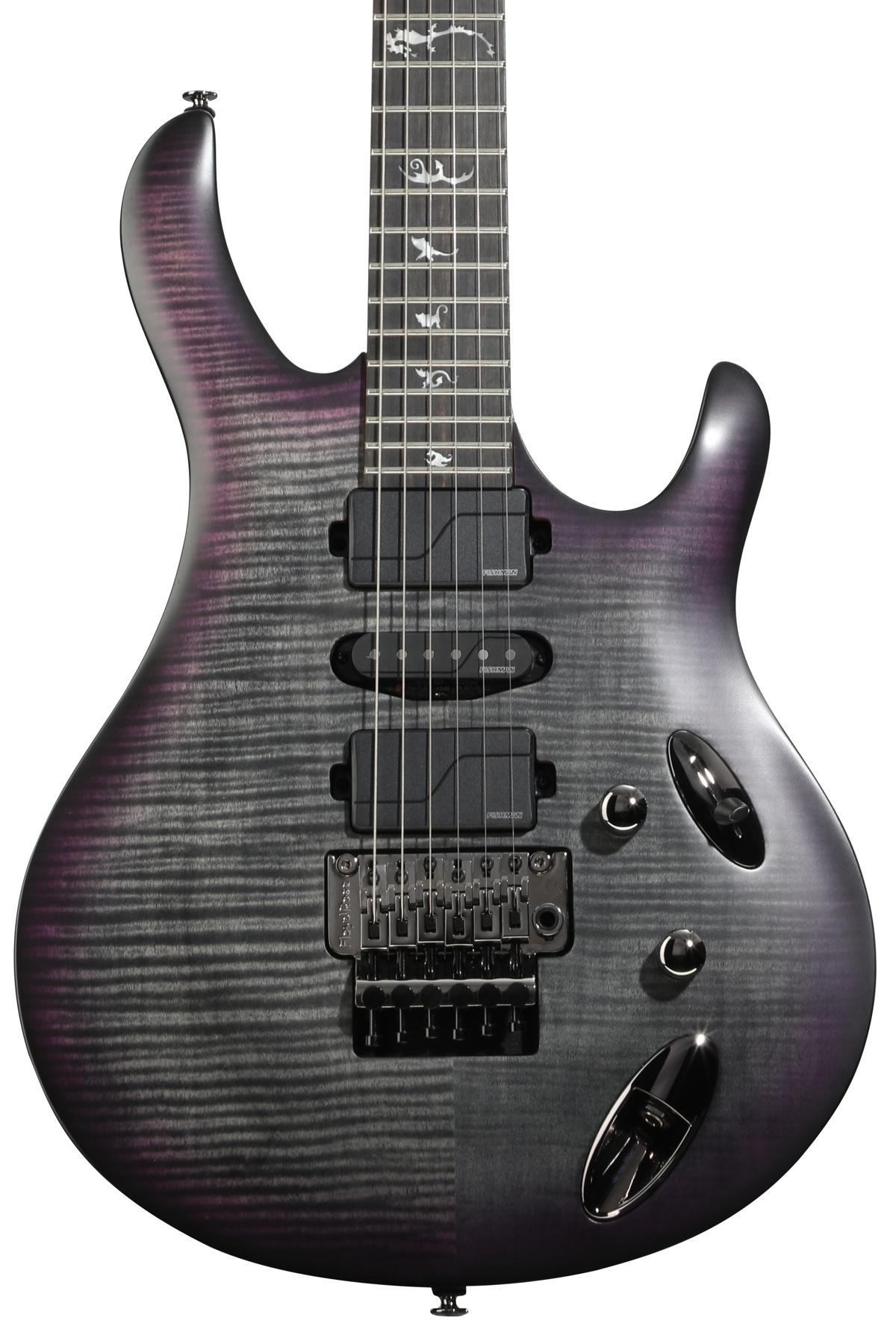PG's Joe Coffey is On Location at the 2010 LA Amp Show where he swings by the WattGrinder room. In this segment, we get to hear the latest WattGrinder ToneGrinder X100 tube devices in action. These tube replacements are neither solid-state or vacuum, but rather what WattGrinder's Daryl Ford describes as non-glass, non-vacuum 12AX7 tube devices. There are four models in two different series—the Expanded Output Series and the recently released X100 Custom Series. Keep an eye out for our video demo of these devices. "The idea of ToneGrinder is to open up the frequency, the dynamic range, the amplifier's capability to give player's the most out of their equipment," Ford told us.
LA Amp Show-WattGrinder ToneGrinder X100 Tube Demo
PG's Joe Coffey is On Location at the 2010 LA Amp Show where he swings by the WattGrinder room. In this segment, we get to hear the latest WattGrinder ToneGrinder X100 tube devices in action. These tube replacements are neither solid-state or vacuum, but rather what WattGrinder's Daryl Ford describes as non-glass, non-vacuum 12AX7 tube devices. There are four models in two different series—the Expanded Output Series and the recently released X100 Custom Series. Keep an eye out for our video demo of these devices. "The idea of ToneGrinder is to open up the frequency, the dynamic range, the amplifier's capability to give player's the most out of their equipment," Ford told us.
By PremierGuitar DefaultOct 18, 2010






![Rig Rundown: Russian Circles’ Mike Sullivan [2025]](https://www.premierguitar.com/media-library/youtube.jpg?id=62303631&width=1245&height=700&quality=70&coordinates=0%2C0%2C0%2C0)







